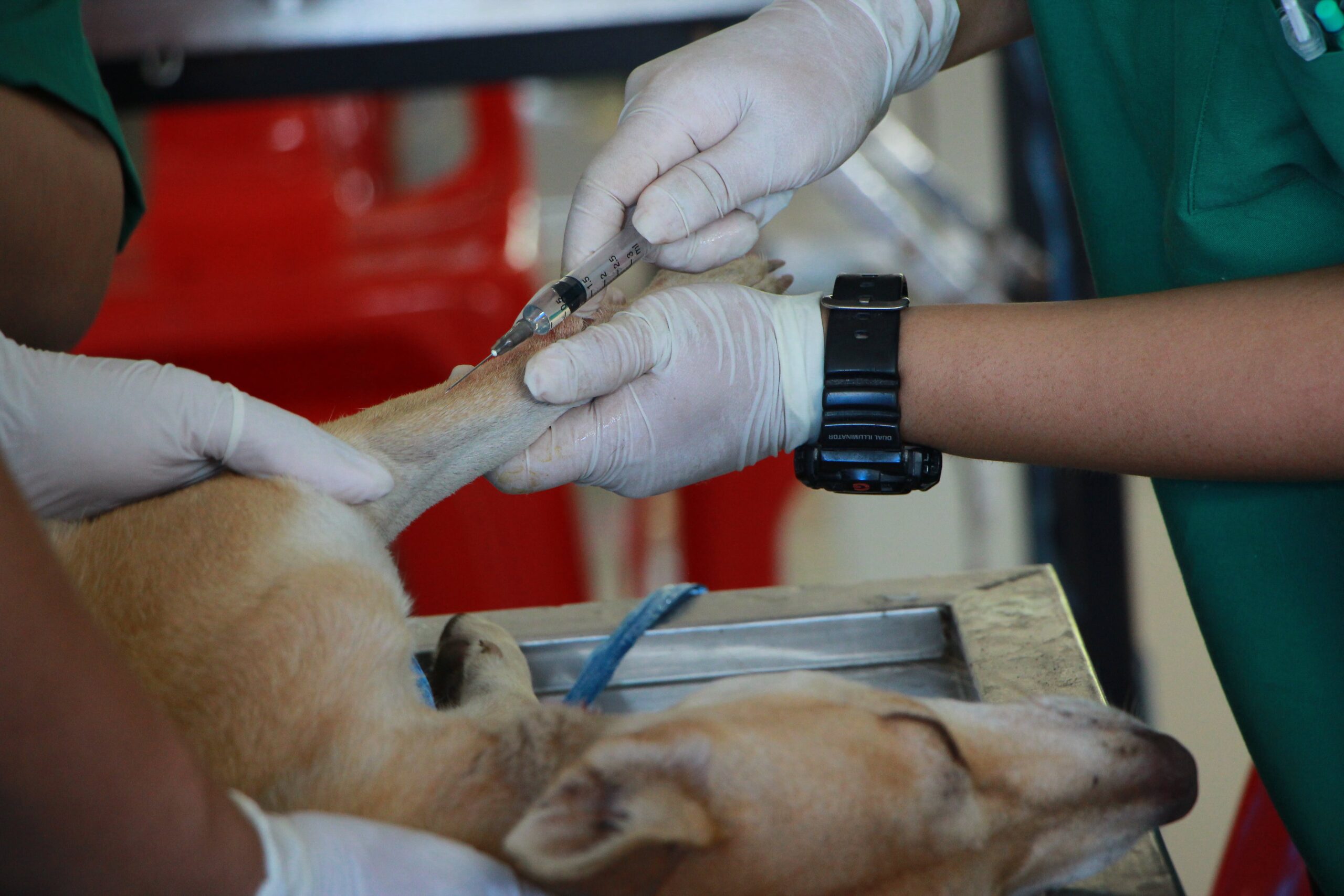You may encounter problems of this kind and that during the mold injection molding process. What are the possible defects?
Defects that may be encountered during the mold injection molding process are as follows:
1. Characteristics of defects in injection molded parts:
The injection molding process is incomplete because the mold cavity is not filled with plastic or the injection molding process lacks certain details.
2. Possible reasons for the problem:
(1) Insufficient injection speed. (2). Plastic material shortage (3). The screw does not leave screw padding at the end of the stroke. (4).Changes in running time. (5). The temperature of the injection cylinder is too low. (6).Insufficient injection pressure. (7). The nozzle part is sealed. (8). The heater outside the nozzle or injection cylinder cannot operate. (9).The injection molding time is too short. (10). Plastic is attached to the throat wall of the hopper. (11). The capacity of the injection molding machine is too small (ie, injection weight or plasticizing capacity). (12). The mold temperature is too low. (13). The mold anti-rust oil was not cleaned. (14). The anti-return ring is damaged and the molten material flows back.
3. Solution:
(1). Increase the injection speed. (2). Check the amount of plastic in the hopper. (3). Check whether the injection stroke is set correctly and change it if necessary. (4). Check whether the check valve is worn or cracked. (5). Check whether the operation is stable. (6). Increase the melt temperature. (7). Increase back pressure. (8). Increase injection speed. (9). Check the nozzle hole for foreign matter or unplasticized plastic. (10). Check the outer layer of all heaters and use an ammeter to check whether the energy output is correct. (11). Increase the screw forward time. (12). Increase the cooling capacity of the hopper throat area, or reduce the temperature of the rear area of the injection cylinder. (13). Use a larger injection molding machine. (14). Increase the mold temperature appropriately. (15). Clean the anti-rust agent in the mold. (16). Check or replace the back-off ring.

Differences in size of injection molded parts:
1. Characteristics of defects in injection molded parts: The change in weight and size during the injection molding process exceeds the production capacity of the mold, injection molding machine, and plastic combination. 2. Possible reasons for the problem: (1). The plastic input into the injection cylinder is uneven. (2). The temperature or fluctuation range of the injection cylinder is too large. (3). The capacity of the injection molding machine is too small. (4). The injection pressure is unstable. (5). The screw reset is unstable. (6). Changes in operating time and inconsistent solution viscosity. (7). The injection speed (flow control) is unstable. (8). Plastic types that are not suitable for the mold are used. (9). Consider the impact of mold temperature, injection pressure, speed, time and holding pressure on the product.
If you encounter the problem of mold chewing during stamping mold processing, this is actually a very common mold processing failure problem.
During the processing of stamping molds, a certain gap should be maintained between the convex and concave mold cutting edges and should not collide. There are several reasons for the collision of the cutting edges. In terms of design and equipment, the punch may be fixed improperly, for example, if the punch is fixed using a chiseling method, the punch may become loose. If a low melting point alloy is used for solidification, the punch may also become loose. If the punching force is large and the root of the punch is not hardened, or the punch is subject to excessive lateral force, the punch may become loose.
Die chewing situations in stamping mold processing can be divided into these types. The convex and concave molds or guide parts are not installed vertically. The assembly of upper and lower templates, fixed plates, convex and concave molds and other parts are not parallel to each other. The punching gap is uneven. The fixation of the punch does not meet the design requirements. Repeated punching or stack punching means punching one blank twice or stacking several blanks together for punching. The waste materials or blanking parts left on the mold are not cleaned in time. The mold parts are greatly worn. For example, the wear of the guide parts causes the fitting gap to be too large and is not repaired in time. There is looseness in the mold repair assembly. In order to prevent die chewing, a die with a guide device should be used as much as possible, which is especially important for die with a small blanking gap. The way the punch is fixed should be carefully considered, and the mold manufacturing should be strong and reliable. It is necessary to strictly follow the operating procedures of the punch machine, clean the working surface of the mold in time, and avoid repeated punching and overlapping punching. This is especially important for composite punching dies. It is necessary to strengthen the maintenance and management of molds to ensure that the molds are in good condition. Injection molding production is a very important method in the processing of plastic products. Most of the plastic products on the market today are made by injection molding. So in the injection molding process, there are factors that affect the injection molding process. Which ones?
1. Equipment accuracy
The links that affect injection molding processing have a great relationship with the equipment. Generally speaking, the overall level of the injection molding machine will lead to corresponding changes in the quality of the products produced.
2. Mold error
Molds also play a very important role in injection molding production. The quality of the mold affects the quality of the injection molded products.

